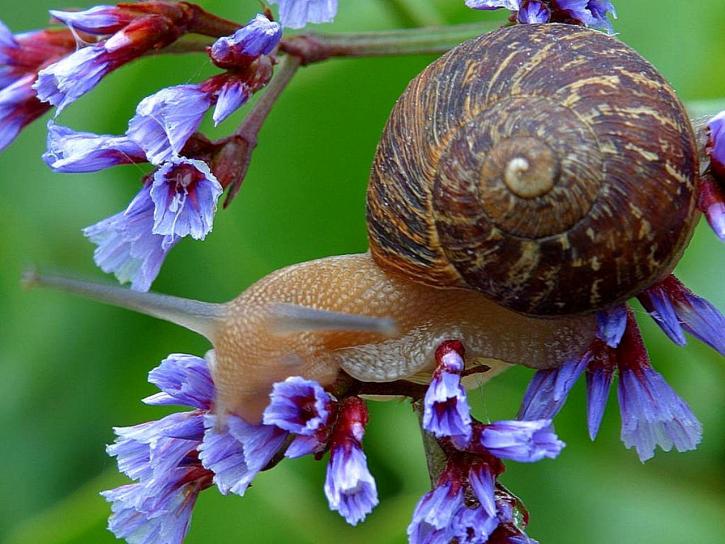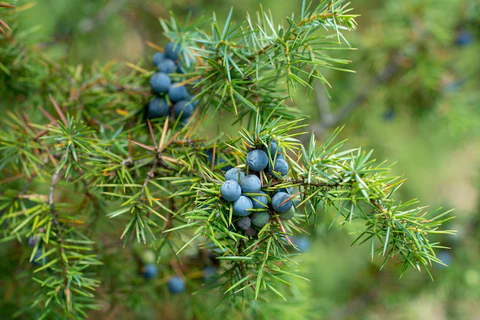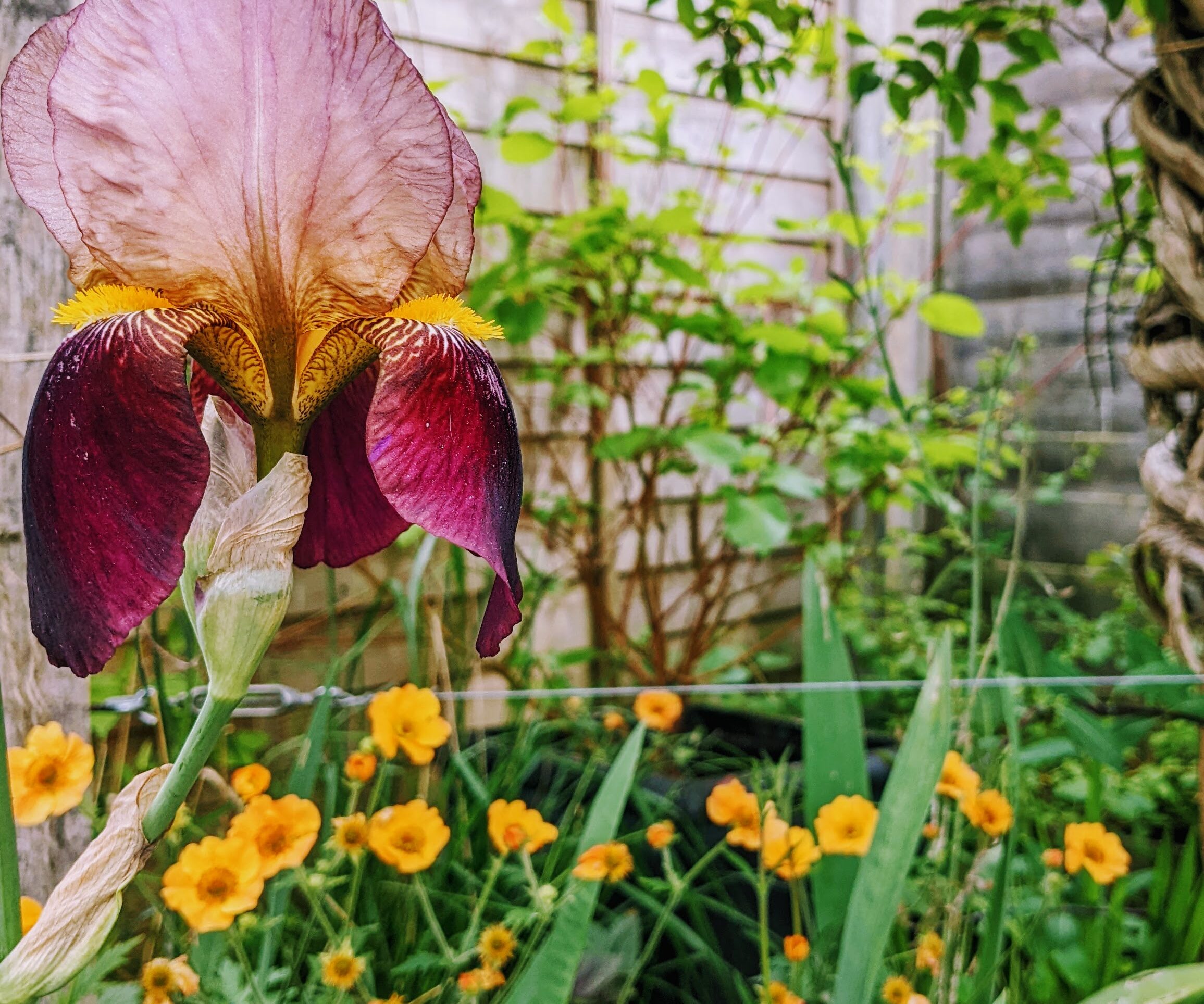Slugs and snails live in damp, shady places among plants, plant debris and humus. They like to crawl beneath stones, pots, plastic and into crevices. Snails will hibernate in their shells during the winter, whereas slugs are more cold hardy and will remain active.
Killing snails and slugs with pesticides (so called molluscicide pellets) may be very effective; however it is also devastating to the wildlife, your pets, and your family. When the snails and slugs natural predators eat the contaminated snails and slugs they will too get contaminated and get very ill and sometimes die. If you have curious domestic pets and young family members see the bright blue pesticides, they are very likely to eat it and end up getting very ill.
Here are some other ways to help prevent your garden being overrun and your plants being eaten by slugs and snails;
Handpicking
The most effective and greenest way to remove slugs is to get close and personal. Move leaves and rocks around to see where they are hiding and move them. Dispose of them far from the plants, either in a bin or somewhere far away from any plants. If you want to kill them then boiling water will do the job.
Barriers
One way that will prevent your plants being eaten by slugs and snails is through barriers, by piling up the following around the base of the plant it will attempt to stop slugs and snails from being able to get onto any part of the plant. Some are more effective than others;
- Fresh dry soot, soot mixed with sharp cinders or fresh dry ashes. Will need to be renewed after rain.
- Sharp sand or grit.
- Crushed egg shells or calcified seaweed.
- Holly leaves or thorny rose clippings.
- Pine needles – recommended to mulch strawberries.
- Young thistles – frequently replaced.
- Chopped hair, including human hair.
- Cotton wool tied around individual stems.
- Dry straw, saw dust, shredded bark.
- Oak leaves – they dislike the tannin.
- Aromatic herbal mulch: mint, tansy, lemon balm etc. frequently replaced.
- Use large clear bottles, without the top or bottom, it needs to be at least 10cm high. Although this can be very effective they can sometimes get inside, therefore smear of grease is suggested for the upper outer rim.
- An unbroken smear of vaseline around the rim of flower pots or containers.
- Plastic lawn edging or similar plastic sheet around plot.
- Wide copper bands around beds and copper foil around plant stems, table legs can be used. The copper gives a slugs and snails a small electric shock, it doesn’t kill them but will prevent them continuing.
- Use metals such as iron & aluminum as they are often toxic to slugs.
- Paint or spray week beer on your weeds, so slugs eat them, not your plants. They are attracted to the smell of stale beer.
Predators
Slugs and snails have their predators, some are more common than others, but why not create the perfect habitat for one of the following and let nature take its place;
- Frogs – Large frogs will eat larger slugs and snails whereas smaller will eat smaller. Frogs will also eat snail shells.
- Ground Beetles – Love to hunt slugs, however they breed more slowly than slugs so cannot always keep up with the slugs.
- Common Shrew
- Hedgehogs – they eat slugs and small snails, as well as beetles, however they do more good than harm.
- Parasitic Nematode – Phasmarhabditis hermaphrodita. Commercially available. Should stop slugs feeding quickly. Slugs die within a week, underground. Sprays containing the nematode are effective for 6 weeks after spraying in wet or dry conditions and down to at least 5ºC. Nematodes do not like manure.
- Bacillis Thurungiensis – A bacterium which causes paralysis of insect gut muscles and subsequent death. Easily sprayed on plants to infect slugs.
- MARSH FLIES. Parasites of snails & slugs. Each fly larva may kill 9 to 25 snails or slugs by burrowing.
Plants
There are a few plants which are known to repel slugs and snails, mix these in with your plants;
- Garlic
- Lavender
- Wormwood
- Thymes
- Sage
- Stinging nettles
- Borage
- Older marrows, squash or cucumber
- Geraniums
- Mint
- Lemon balm
- Tansy
- Hyssop
Baiting
Baiting is when you set a trap to kill the slug or snail. A good way to do this is to create a deep container (a large bottle with the top cut off) and place weak sugared beer or water in it. Place the container in the soil so the rim is level with top of the soil, when the slugs or snails fall into the trap they will drown. To make sure they don’t escape grease inside the top of the container so they cannot escape.




[…] Protect new spring growth from slugs. Check out our previous blog on how to get rid of slugs and snails. […]
I’m going to try a couple of these. I’m surprised snails are a problem in Texas because it is so hot and dry. Guess I’m just lucky. Gonna start with mint, sage, garlic and lavender. Thank you
I didn’t realise people so far away were reading posts, good luck with the slugs from Surrey, England